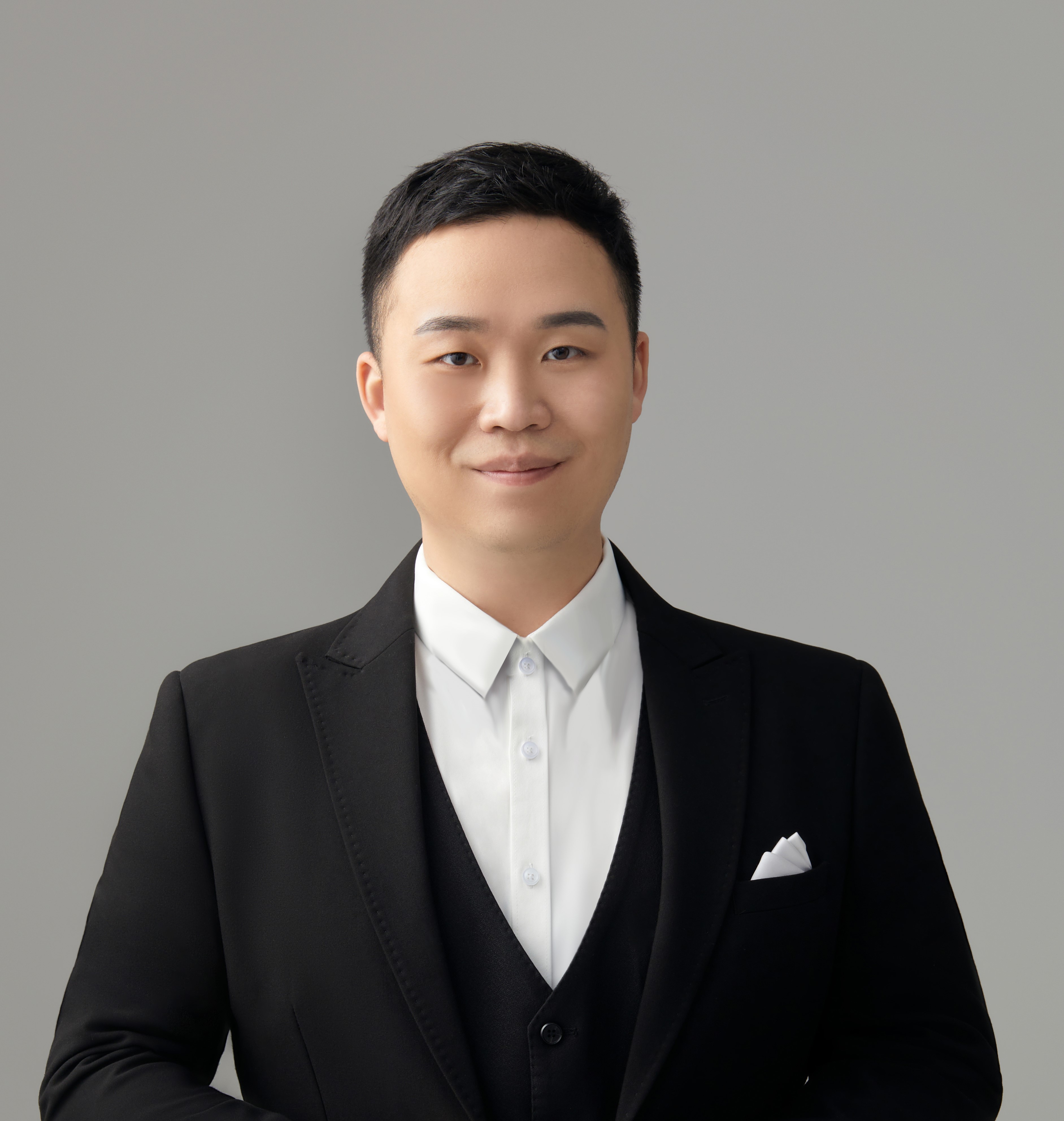容晓晖

简介:
1990年生;2009年加入中国共产党;2014年在郑州大学获得学士学位;2019年在中国科学院物理研究所获得博士学位(导师胡勇胜研究员);2019年至2022年在中国科学院物理研究所从事博士后研究(合作导师胡勇胜研究员);2022年5月至今担任中国科学院物理研究所特聘研究员,博士生导师,长三角研究部科学家工作室主任,钠离子电池公共技术平台副主任,党支部书记。主持国家优秀青年科学基金项目、北京市杰出青年科学基金项目。
以第一/通讯作者在 Science、Nature Energy、Nature Sustainability、Joule、Nature Communications、National Science Review、Journal of the American Chemical Society、Energy & Environmental Science、Advanced Materials、Advanced Energy Materials、Advanced Functional Materials、ACS Energy Letters、Energy Storage Materials等国际重要学术期刊上发表论文30余篇,申请发明专利30余项(授权9项),《钠离子电池科学与技术》第二章主要撰写者,撰写原创科普文章50余篇。
目前担任Nature Communications、Angewandte Chemie、ACS Energy Letters、Advanced Energy Materials、Advanced Functional Materials、Energy Storage Materials、Nano Energy、Small、ACS Nano、eScience、Nano-Micro Letters、Renewables、Journal of Materials Chemistry A、Applied Surface Science、Journal of The Electrochemical Society、Journal of Energy Chemistry、ACS Applied Materials & Interfaces、Rare Metals、Solid State Ionics、Electrochimica Acta、Chinese Chemical Letters、储能科学与技术等期刊的审稿人,The Innovation、Materials Futures、eScience、Nano-Micro Letters、Carbon Energy、EcoMat、Journal of Materials Science & Technology、National Science Open、Renewables、Nano Research Energy、Exploration、Nano Materials Science等期刊青年编委,国家自然科学基金评议专家,中国化工学会专业会员,中国科协“青年人才托举工程”入选者,获北京市自然科学一等奖。
主要研究方向:
- 固态钠电池(新型无机固体电解质、新型聚合物固体电解质的设计与合成)
- 高能量密度钠离子电池正极材料(层状氧化物、磷酸盐、普鲁士蓝等)
- 电池材料物理性能(磁性、超导以及传感器)
过去的主要工作及获得的成果:
- 2024年 第五届金砖国家工业创新大赛(国家工业和信息化部)金砖国家总决赛一等奖
- 2024年 第一届能源电子产业创新大赛(国家工业和信息化部)全国总决赛金奖
- 2023年 第二届先进储能技术创新挑战赛(国家工业和信息化部)技术创新奖
- 2023年 纳米能源研究学术新星论坛教师组金奖
- 2022年 北京市科学技术奖(自然科学奖)一等奖
- 2022年 《储能科学与技术》高被引论文一等奖
- 2021年 中国科学院物理研究所优秀博士后
- 2021年 中科海钠有限公司“海钠之星”
- 2021年 全国固态离子学青年学术交流会优秀口头报告
- 2019年 全国第一届钠电池研讨会最佳墙报奖
- 2019年 北京市优秀博士毕业生
- 2019年 中国科学院大学优秀博士毕业生
- 2018年 博士研究生国家奖学金
- 2018年 Joule 杂志读者最爱文章
- 2017年 中国科学院物理研究所所长奖学金表彰奖
- 2016年 中国科学院物理研究所所长奖学金表彰奖
- 2015年 中国科学院大学三好学生
- 2013年 郑州大学十佳大学生标兵
- 2013年 “挑战杯”全国大学生课外学术科技作品竞赛累进创新铜奖
- 2013年 “挑战杯”全国大学生课外学术科技作品竞赛三等奖
- 2013年 “挑战杯”河南省大学生课外学术科技作品竞赛一等奖
- 2013年 大学生国家奖学金
- 2012年 全国数学建模河南赛区省一等奖
- 2012年 大学生国家奖学金
代表性论文及专利:
2024年(第一/通讯)
- Decoupling the air sensitivity of Na-layered oxides, Science, 2024, 385, 744-752.
- An orbital strategy for regulating the Jahn–Teller effect. Natl. Sci. Rev., 2024, 11, nwae255.
- A "seat-squatting" strategy via lithium substitution to suppress Fe-migration in Na layered oxide cathodes. Energ. Environ. Sci., 2024, DOI: 10.1039/D4EE01867B.
- Prismatic alkali-ion environment suppresses plateau hysteresis in lattice oxygen redox reactions. Energ. Environ. Sci., 2024, 17, 3855-3867.
- Cationic ordering transition in oxygen‐redox layered oxide cathodes. Carbon Energy, 2024, 6, e389.
2023年(第一/通讯)
- Identifying the intrinsic anti-site defect in manganese-rich NASICON-type cathodes. Nature Energy, 2023, 8, 1088-1096.
- High-entropy microdomain interlocking polymer electrolytes for advanced all-solid-state battery chemistries. Adv. Mater., 2023, 35, 2209402.
- Conversion of surface residual alkali to solid electrolyte to enable Na-ion full cells with robust interfaces. Adv. Mater., 2023, 35, 2301314.
- Earth-abundant Na-Mg-Fe-Mn-O cathode with reversible hybrid anionic and cationic redox. Adv. Energy Mater., 2023, 13, 2300746.
- Four-in-one strategy to boost the performance of Nax[Ni,Mn]O2. Adv. Funct. Mater., 2023, 33, 2301568.
- In situ plastic-crystal-coated cathode toward high-performance Na-ion batteries. ACS Energy Lett., 2023, 8, 1434-1444.
- Boosting reversible anionic redox reaction with Li/Cu dual honeycomb centers. eScience, 2023, 3, 100159.
- Unlocking the muti-electron transfer reaction in NASICON-type cathode materials. Mater. Futures, 2023, 2, 023502.
- Magnesium-doped improved cycling to high voltages of layered cathode of sodium ion battery. Acta Phys. Sin., 2023, 23, 058802.
- Suppression of voltage decay through Ni3+ barrier in anionic-redox active cathode for Na-ion batteries. Acta Phys.-Chim. Sin., 2023, 40, 2306005.
2022年(第一/通讯)
- Topologically protected oxygen redox in a layered manganese oxide cathode for sustainable batteries. Nature Sustain., 2022, 5, 214-224.
- Rational design of a topological polymeric solid electrolyte for high-performance all-solid-state alkali metal batteries. Nature Commun., 2022, 13, 4181.
- Using high-entropy configuration strategy to design Na-ion layered oxide cathodes with superior electrochemical performance and thermal stability. J. Am. Chem. Soc., 2022, 144, 8286-8295.
- Mg-doped layered oxide cathode for Na-ion batteries. Chinese Phys. B, 2022, 31, 068201.
- Anionic redox reaction mechanism in Na-ion batteries. Chinese Phys. B, 2022, 31, 098801.
- Phase transitions of Na-ion layered oxide materials and their influence on properties. Acta Phys. Sin., 2022, 71, 108801.
2021年之前(第一/通讯)
- Anionic redox reaction-induced high-capacity and low-strain cathode with suppressed phase transition. Joule, 2019, 3, 503-517.
- Structure-induced reversible anionic redox activity in Na layered oxide cathode. Joule, 2018, 2, 125-140.
- Additive-free self-presodiation strategy for high-performance Na-ion batteries. Adv. Funct. Mater., 2021, 31, 2101475.
- A novel Ni-rich O3-Na[Ni0.60Fe0.25Mn0.15]O2 cathode for Na-ion batteries. Energy Storage Mater., 2020, 30, 420-430.
- Solvent-free mechanochemical synthesis of Na-rich prussian white cathodes for high-performance Na-ion batteries. Chem. Eng. J., 2021, 428, 131083.
- A symmetric sodium-ion battery based on P2-Na0.67[ZnxMn1-x]O2 as both positive and negative electrode materials. Electrochim. Acta., 2021, 399, 139421.
- A new Tin-based O3-Na0.9[Ni0.45-x/2MnxSn0.55-x/2]O2 as sodium-ion battery cathode. J. Energy Chem., 2019, 31, 132-137.
- Triple effects of Sn-substitution on Na0.67Ni0.33Mn0.67O2. J. Mater. Sci. Tech., 2019, 35, 1250-1254.
- P2-type Na0.6[Mg(II)0.3Mn(IV)0.7]O2 as a new model material for anionic redox reaction. Chin. Chem. Lett., 2018, 29, 1791-1794.
- Na-ion batteries: from fundamental research to engineering exploration. Energy Storage Sci. Tech., 2020, 9, 515-522.
培养研究生情况:
已合作培养毕业博士生4名(其中3名继续从事博士后研究),目前正在合作培养博士生及硕士生15名。
2022年计划招收1-3名硕士生或博士生,联合培养硕士生或博士生3-5名,博士后1名。
欢迎有相关专业(物理、化学、材料)背景,应届毕业博士生和有工作经验的海内外博士加入,博士后待遇参照物理所和溧阳的标准,希望有志愿意专注从事钠电池科学与技术研究,通过创新科研成果推动电池技术革命的青年加入本团队,我们将提供世界一流的研究环境和资源。
其他联系方式:
办公电话:0519-68269663
Email:












